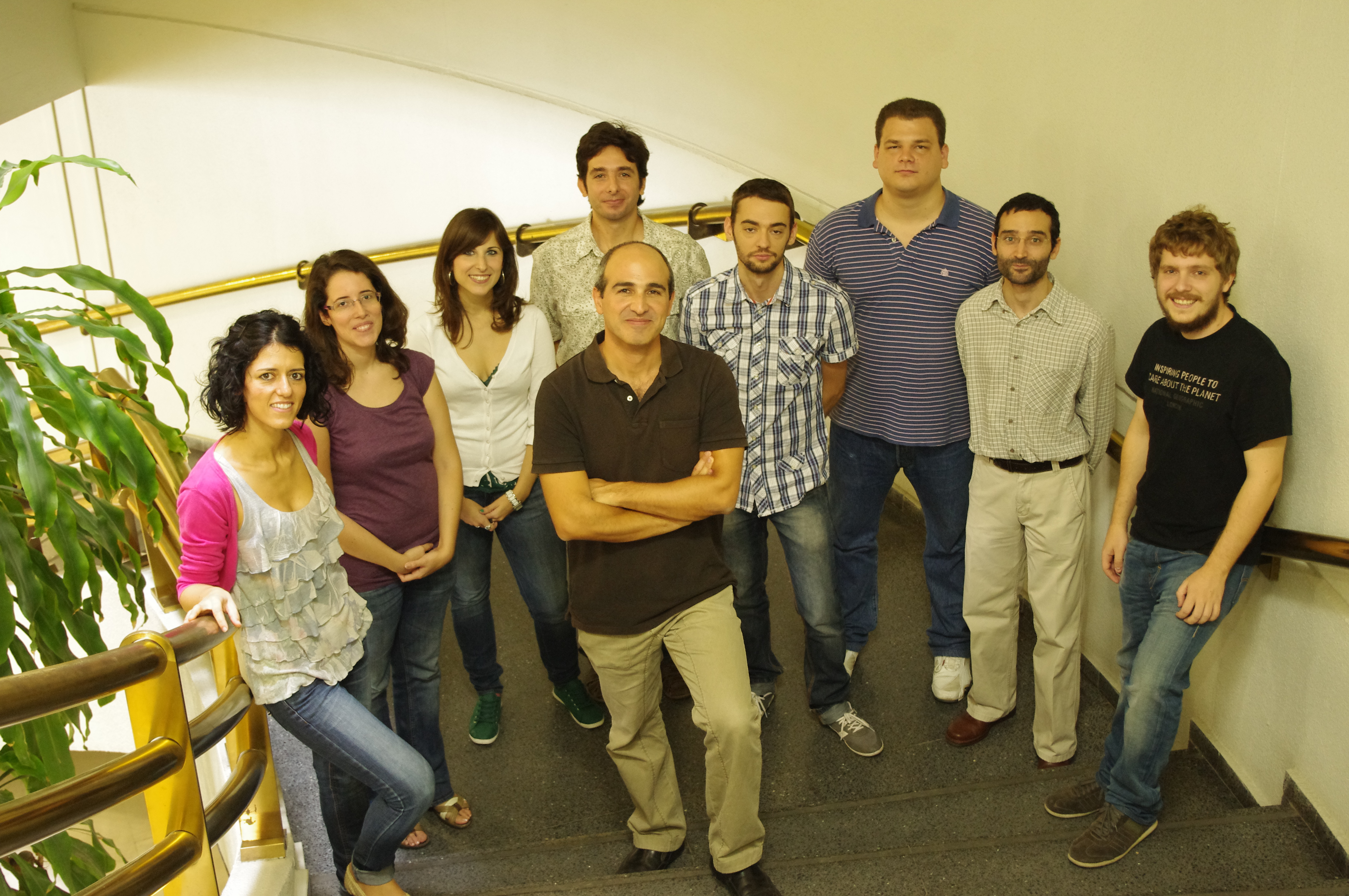A project led by Hernán Míguez, a researcher at the Institute of Materials Science of Seville (ICMS), has been included in the 2012 Starting Grant program of the European Research Council (ERC). This program aims to provide financial support to young researchers of excellence who seek to establish (“Starter grant”) or consolidate (“Consolidator grants”) their research groups in Europe.
The “Starting Grant” program may amount to one and a half million euros over five years, a figure that allows young scientists to set up their own research groups. In fact, this is one of the main objectives of this initiative, to encourage the creation of new groups. It is a highly competitive program in which only projects of scientific excellence are admitted and evaluated by several prestigious international expert panels.
In 2012, 4,741 projects from 21 European countries were submitted, of which only 539 were selected, including 29 from Spain. The project led by Míguez, entitled “Polymer-Inorganic Flexible Nanostructured Films for the Control of Light (POLIGHT)”, has been one of the winners of this important funding. His group, called Multifunctional Optical Materials, was created in 2011 and consists of several postdoctoral researchers and thesis students. The project has been awarded within the “Consolidator” modality, intended for young researchers who are already leading a research group.
In 2012, 4,741 projects from 21 European countries were submitted, of which only 539 were selected, including 29 from Spain. The project led by Míguez, entitled “Polymer-Inorganic Flexible Nanostructured Films for the Control of Light (POLIGHT)”, was one of the first to be selected.
The POLIGHT project focuses on the development of new flexible optical materials that allow the control of light transmission, reflection, absorption and emission. Its main applications are in the fields of renewable energy, light-emitting devices and protection against ultraviolet radiation. One of its main novel proposals is to obtain biocompatible films that block the sun’s ultraviolet radiation without the need to use absorbing compounds, thus eliminating a whole series of harmful side effects, such as the generation of free radicals or the photodegradation of the protective materials themselves. In another aspect of the project, the aim is to integrate complex optical structures in photovoltaic devices or flexible LEDs that can benefit from greater and controlled light capture or emission.




